Why LED Light Bulbs Flicker and How to Fix It: A Comprehensive Guide
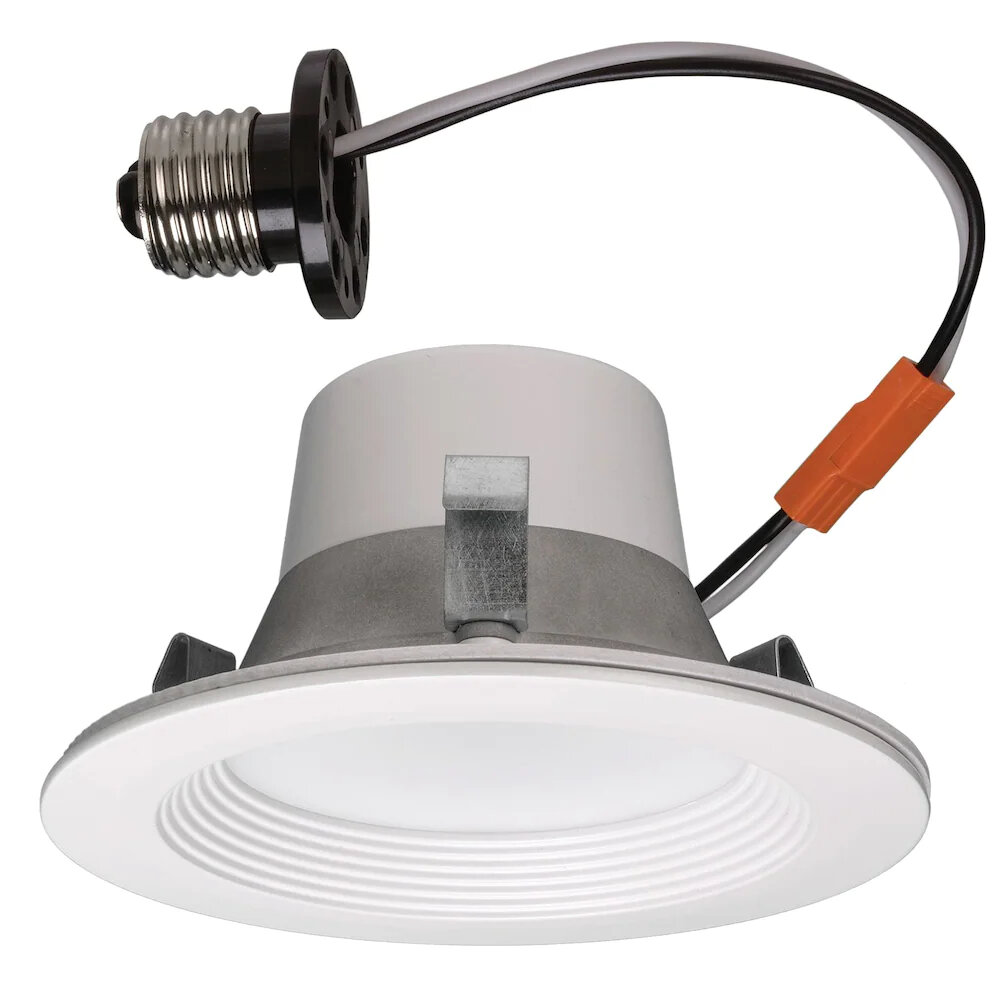
LED light bulbs have become increasingly popular in recent years due to their energy efficiency and long lifespan. However, one common issue that many people experience with LED bulbs is flickering. Flickering lights can be annoying and distracting, and they can also be a sign of a more serious electrical problem. In this comprehensive guide, we will explore why LED light bulbs flicker, what causes it, and how to fix it. Firstly, it is important to understand that LED bulbs are different from traditional incandescent bulbs. LED bulbs do not use a filament to produce light, but instead rely on a semiconductor to emit light. This means that LED bulbs require a different type of electrical current than incandescent bulbs, and this can sometimes cause flickering. In addition, LED bulbs are often more sensitive to fluctuations in voltage and current than traditional bulbs, which can also contribute to flickering. Understanding the unique characteristics of LED bulbs is the first step in addressing the issue of flickering lights.
LED light bulbs are a type of energy-efficient lighting technology that use light-emitting diodes (LEDs) as their source of illumination. Unlike traditional incandescent bulbs or fluorescent lamps, LED bulbs consume less energy and have a longer lifespan. They are also free from toxic materials such as mercury, making them a safer and more environmentally friendly lighting option. However, LED bulbs are not immune to flickering, which can be caused by several factors such as faulty wiring, incompatible dimmer switches, or power fluctuations. This guide will provide a comprehensive overview of the causes of LED flickering and practical solutions to fix the issue.
LED light bulbs are gaining popularity due to their energy efficiency and longer lifespan compared to traditional incandescent bulbs. However, flickering is a common issue that can occur with LED bulbs, and it can be caused by a variety of factors. One of the most common reasons for flickering is voltage fluctuations in the electrical system, which can be caused by overloaded circuits or faulty wiring. Another reason for flickering is the compatibility between the LED bulb and the dimmer switch, as not all LED bulbs are compatible with all types of dimmer switches. Additionally, some LED bulbs may flicker due to poor quality or faulty components, which can cause the bulb to malfunction. It’s important to identify the cause of the flickering and take the necessary steps to fix it, as flickering can not only be annoying but also potentially harmful to the eyes.
Flickering LED light bulbs can be an annoying problem that affects the ambiance of a room and can even cause headaches or eye strain. However, the importance of fixing flickering LED light bulbs goes beyond just aesthetics and comfort. Flickering can be a sign of an underlying issue that can lead to the bulb’s premature failure, reducing its lifespan and wasting resources. Moreover, flickering can cause voltage fluctuations that damage other fixtures and devices connected to the same circuit. Therefore, it is crucial to address flickering LED lights promptly to prevent more significant problems and ensure a safe and efficient lighting system.
Causes of Flickering in LED Light Bulbs
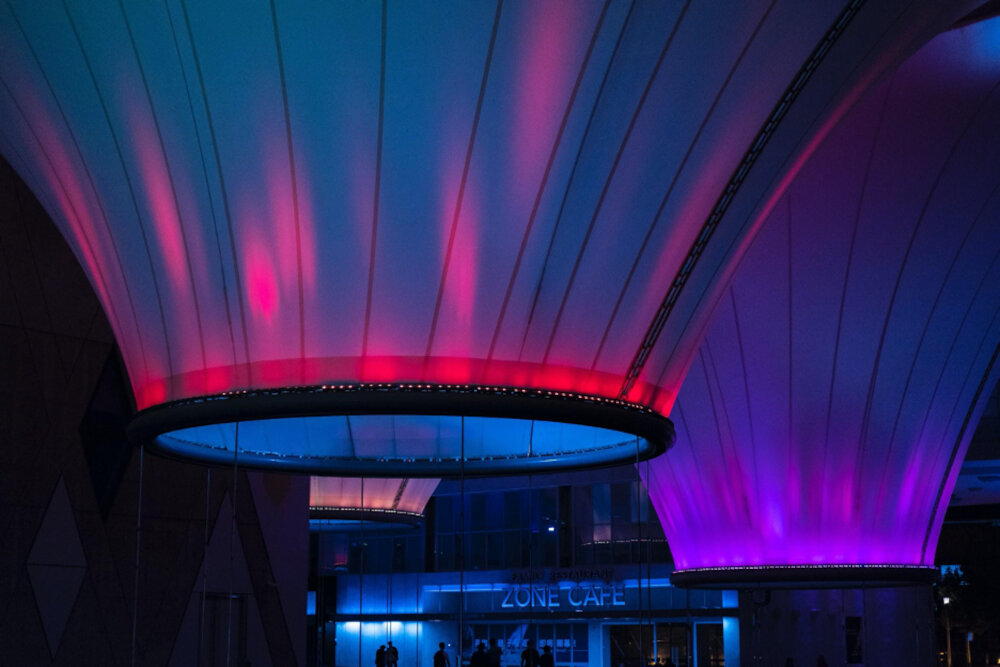
LED light bulbs are becoming increasingly popular in homes and businesses because of their energy efficiency and long lifespan. However, one issue that can arise with LED light bulbs is flickering. Flickering can be caused by a variety of factors, including compatibility issues with dimmer switches, voltage fluctuations, and faulty wiring. Dimmer switches are often the culprit behind LED light bulb flickering. Traditional dimmer switches are designed to work with incandescent bulbs, so when used with LED bulbs, they may not be able to handle the lower wattage and may cause flickering. To avoid this, it is important to use a dimmer switch that is specifically designed for use with LED bulbs. Voltage fluctuations can also cause flickering. If the voltage supplied to the bulb is not consistent, the light may flicker or even turn off completely. This can be caused by issues with the electrical system or appliances that draw a lot of power. Finally, faulty wiring can cause flickering in LED bulbs. If the wiring is not properly installed or is damaged, it can cause the bulb to flicker. It is important to have a licensed electrician check the wiring to ensure that it is safe and properly installed.
Voltage fluctuations are a common issue that can cause LED light bulbs to flicker. These fluctuations can be caused by a variety of factors including faulty wiring, power outages, and issues with the power grid. When voltage levels drop or spike, it can cause the LED bulb to turn on and off rapidly, resulting in an annoying flickering effect. In some cases, voltage fluctuations can also cause damage to the bulb and reduce its lifespan. To prevent voltage fluctuations from affecting your LED bulbs, it is important to ensure that your electrical system is properly installed and maintained. Additionally, using voltage stabilizers or surge protectors can help regulate voltage levels and protect your bulbs from damage.
Incompatible dimmer switches are one of the main causes of LED light bulb flickering. Traditional dimmer switches were designed to work with incandescent bulbs, which have a different wattage and voltage range than LED bulbs. LED bulbs require a specific type of dimmer switch that is compatible with their technology. If an incompatible dimmer switch is used with LED bulbs, it can cause flickering, buzzing, or even damage to the bulb or switch. To avoid this issue, it is essential to check that the dimmer switch is compatible with LED bulbs before installation. Upgrading to an LED dimmer switch can help prevent flickering and ensure smooth and consistent dimming.
A faulty LED driver is one of the most common causes of flickering LED lights. The LED driver is responsible for regulating the voltage and current that powers the LED bulb. If the driver is not functioning properly, it can cause the LED bulb to flicker or even fail to turn on altogether. There are a few different reasons why an LED driver may be faulty, including overheating, power surges, or simply a manufacturing defect. In most cases, the only way to fix a faulty LED driver is to replace it entirely. It’s important to choose a high-quality replacement driver that is compatible with your LED bulb to avoid any further issues down the line.
Loose wiring is one of the common causes of LED light bulbs flickering. When electrical connections become loose, the circuit can be interrupted, causing the bulb to flicker or even turn off completely. Loose connections can occur at any point in the electrical circuit, from the light bulb socket to the electrical panel. It is important to tighten all connections, making sure they are secure and free from any signs of corrosion. Additionally, checking and replacing damaged wiring can help prevent flickering and ensure the longevity of your LED light bulbs. Regular maintenance of your electrical system can help prevent loose wiring and ensure your LED light bulbs are functioning properly.
As LED light bulbs age, they may start to flicker or dim, which can be frustrating and even dangerous in certain circumstances. This is because the components inside the bulb begin to wear down over time, which can cause them to function improperly. One of the main causes of aging LED bulbs is the degradation of the phosphor coating on the LED chips, which can lead to a decrease in brightness and color accuracy. Additionally, the electronic components that regulate the voltage and current to the LED chips can also wear out over time, causing flickering or dimming. To prevent this from happening, it’s important to choose high-quality LED bulbs and to replace them when they start to show signs of aging.
Effects of Flickering LED Light Bulbs
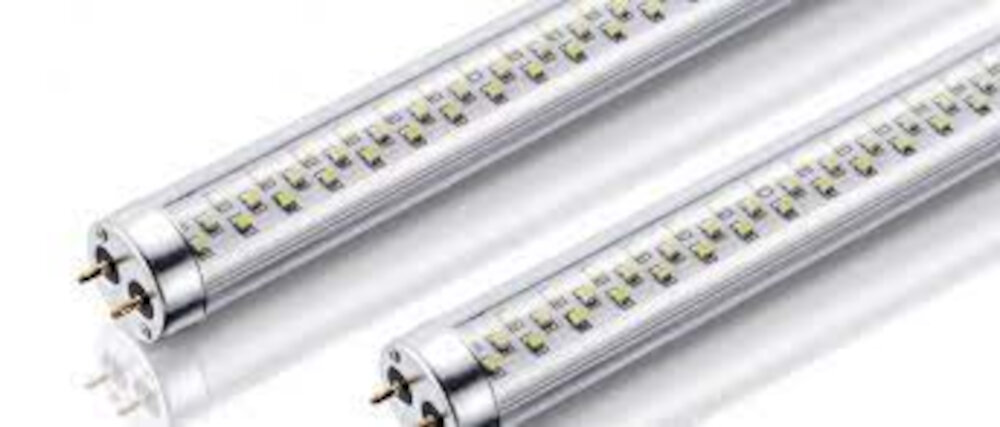
Flickering LED light bulbs can have a range of negative effects on their users, from physical discomfort to mental strain. The most immediate impact of flickering bulbs is eye strain and headaches, which can occur due to the rapid and irregular pulsing of the light. This is especially true for individuals who are sensitive to light, such as those with migraines or epilepsy. Additionally, flickering LED bulbs can create a disorienting effect that can make it difficult to focus and concentrate, leading to reduced productivity and increased stress levels. Furthermore, flickering bulbs can cause visual fatigue, which can result in blurred vision, dry eyes, and other eye-related problems. The effects of flickering LED light bulbs are not limited to physical discomfort. They can also impact the emotional and mental well-being of individuals. For example, research has shown that flickering bulbs can induce anxiety and stress, which can cause sleep disturbances and affect overall mood. Additionally, flickering lights can be a trigger for those with sensory processing disorders, such as autism, leading to discomfort and distress. Moreover, flickering bulbs can create an unappealing visual environment, which can negatively impact the ambiance of a space and decrease its perceived value. Therefore, it is crucial to address the issue of flickering LED bulbs to ensure that users are not only physically comfortable but also emotionally and mentally at ease.
Eye strain and headaches are common issues that people face due to the flickering of LED light bulbs. When the light flickers, it can cause the eye muscles to constantly adjust, leading to eye fatigue and discomfort. This can also result in headaches and migraines that can be quite debilitating. Moreover, the flickering light can cause a disruption in the body’s circadian rhythm, leading to sleep disturbances and other health issues in the long run. To avoid these problems, it is important to identify the cause of the flickering and take measures to rectify it.
The flickering of LED light bulbs can have a negative impact on sleep quality. This is because the flickering light can disrupt the body’s natural circadian rhythm, which is responsible for regulating sleep-wake cycles. The rapid changes in light intensity can confuse the brain into thinking it is daytime, making it difficult to fall asleep or stay asleep. Additionally, the blue light emitted by LED bulbs can suppress the production of melatonin, a hormone that regulates sleep. This can result in a restless night’s sleep and leave people feeling groggy and fatigued the next day. Therefore, it is important to address any flickering issues with LED bulbs to ensure a good night’s sleep.
A reduced bulb lifespan is a common problem that can occur with LED light bulbs. This occurs when the bulb burns out or stops working prematurely. There are several factors that can contribute to a reduced lifespan of LED bulbs. Firstly, the quality of the bulb can play a significant role. Lower quality bulbs may not be made to withstand the same amount of use as higher quality bulbs. Additionally, the operating temperature of the bulb can also impact its lifespan. If the bulb gets too hot, it can cause the components to degrade more quickly. Finally, overuse of the bulb can also lead to a shortened lifespan. To avoid reduced bulb lifespan, it is important to invest in high-quality bulbs, monitor their operating temperature, and avoid overuse.
LED light bulbs have become increasingly popular in recent years due to their energy efficiency and long lifespan. However, one safety hazard that can arise with LED light bulbs is flickering. Flickering not only causes annoyance but can also lead to eye strain and headaches. Moreover, flickering can be a warning sign of a more significant electrical issue, such as loose wiring or a faulty circuit. Therefore, it is crucial to address the flickering issue promptly to ensure the safety of your home and family. Fortunately, there are several ways to fix the flickering issue, from adjusting the dimmer switch to upgrading your electrical system.
How to Fix Flickering LED Light Bulbs

Flickering LED light bulbs can be a frustrating and headache-inducing problem. Fortunately, there are several ways to fix this issue. One common cause of flickering LED bulbs is a mismatch between the bulb and the dimmer switch that controls it. To fix this, you can replace the dimmer switch with one that is designed to work with LED bulbs. Additionally, make sure that the dimmer switch is rated for the wattage of the bulbs you are using. If the problem persists, you may need to replace the LED bulbs with ones that are compatible with your dimmer switch. Another cause of flickering LED bulbs is voltage fluctuations in your electrical system. This can happen when you have too many devices connected to the same circuit, causing a power surge that affects the LED bulbs. To fix this issue, you can install a voltage regulator or surge protector to help stabilize the electrical current in your home. Additionally, you can try reducing the number of devices that are connected to the same circuit, or simply switch to a different circuit that is less overloaded. By taking these steps, you can enjoy the benefits of LED lighting without the frustration of flickering bulbs.
If you’re experiencing flickering LED light bulbs, it may be due to incompatible dimmer switches. LED bulbs are designed to work with specific types of dimmer switches, and using the wrong one can cause flickering or even damage to the bulb. To fix this issue, you’ll need to replace your incompatible dimmer switch with one that is compatible with LED bulbs. It’s important to choose a dimmer switch that is designed for LED technology to ensure proper functionality and prevent any potential damage. By replacing your dimmer switch, you can enjoy the benefits of LED lighting without the annoyance of flickering bulbs.
If you are experiencing flickering LED light bulbs, one of the possible causes could be loose wiring. Loose wiring can cause a poor connection between the bulb and the socket, leading to fluctuating power supply and flickering lights. To check for loose wiring, turn off the power supply and gently wiggle the bulb to see if it is loose. If it is, tighten it or replace it if necessary. Additionally, check the wiring in the fixture to make sure it is securely connected. Loose wiring can also be a safety hazard, so it’s important to address it as soon as possible.
If you’re experiencing flickering LED lights, the problem may lie with the LED driver. The LED driver is responsible for regulating the power supply to the LED bulb. If the driver is faulty or incompatible with the bulb, it can cause flickering. To replace the LED driver, you’ll need to first identify the type of driver used in your bulb. Once you’ve determined the type of driver, you can purchase a replacement from a reputable supplier. Be sure to follow the manufacturer’s instructions for replacement to ensure proper installation and avoid further issues. A new driver should resolve the flickering problem and restore stable lighting to your home.
If you’ve noticed your LED light bulbs flickering, it’s likely due to aging or a poor connection. It’s important to replace aging LED light bulbs as they can not only flicker, but also lose brightness and efficiency over time. Investing in high-quality LED bulbs can also prevent flickering and ensure consistent, long-lasting lighting. Additionally, checking and tightening any loose connections in your lighting fixtures can also help eliminate flickering. By taking these steps to address flickering LED bulbs, you can enjoy reliable and efficient lighting in your home or workspace.
If you’re experiencing flickering LED lights in your home, it can be frustrating and even cause headaches or eye strain. One solution to this problem is to use an LED bulb stabilizer. These devices help regulate voltage and current flow to the LED bulb, ensuring a steady and consistent source of power. By stabilizing the electricity, the LED bulb will not flicker and will last longer. Additionally, the stabilizer can help prevent power surges or fluctuations that can damage your electronic devices. Overall, using an LED bulb stabilizer is an effective way to address the issue of flickering lights and ensure a stable source of power for your LED bulbs.
Preventing Flickering in LED Light Bulbs
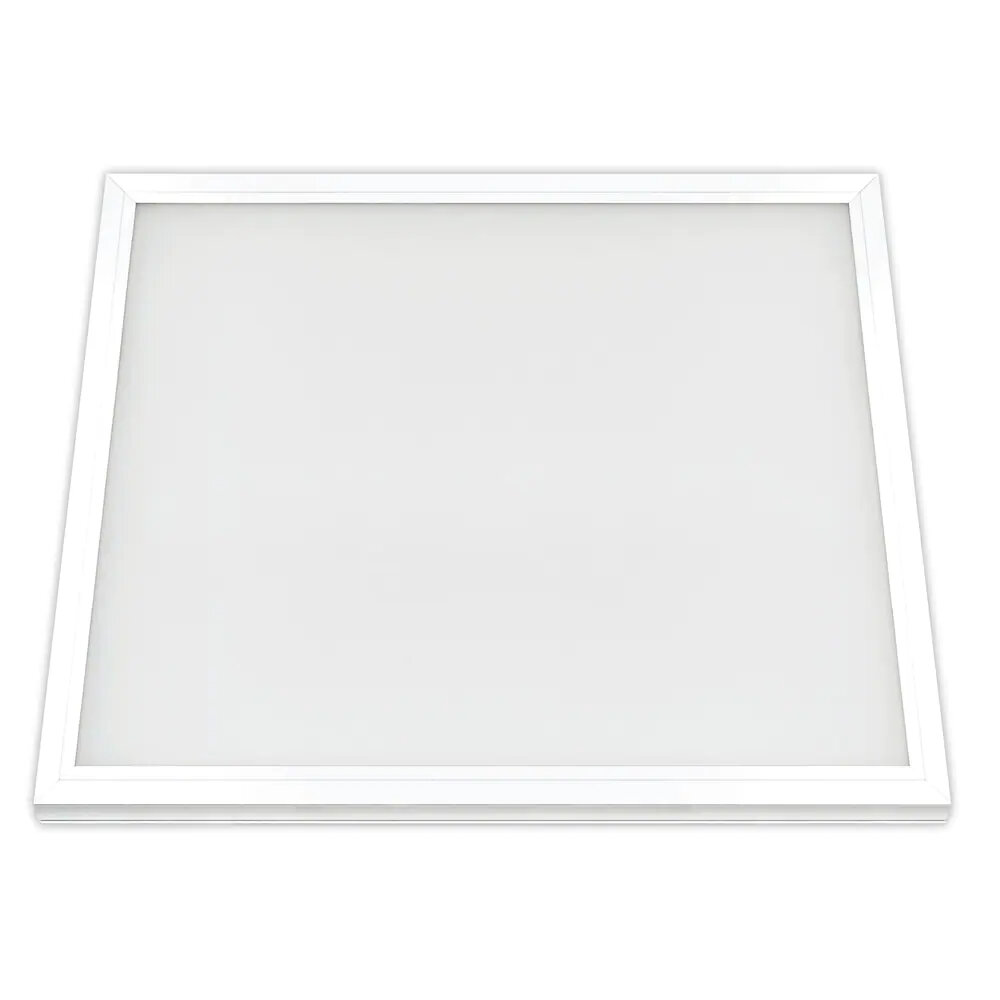
Flickering in LED light bulbs is a common problem that can cause various issues such as headaches, eyestrain, and even seizures in people who are sensitive to light. This issue occurs due to several factors, including voltage fluctuations, incompatible dimmer switches, and poor quality LED bulbs. Preventing flickering in LED light bulbs can be achieved through various methods such as using a compatible dimmer switch, choosing high-quality LED bulbs, and ensuring that the voltage supplied to the bulbs is stable. One of the most effective ways to prevent flickering in LED light bulbs is to use a dimmer switch that is compatible with the bulbs. Most LED bulbs require a specific type of dimmer switch that is designed to work with them. Using an incompatible dimmer switch can cause the bulbs to flicker or even fail. Therefore, it is essential to check the compatibility before purchasing a dimmer switch. Additionally, it is recommended to choose a high-quality dimmer switch that is designed to work with LED bulbs. These switches are usually equipped with advanced features that ensure stable and smooth dimming without flickering.
When it comes to lighting fixtures, using high-quality LED bulbs is key to avoiding flickering issues. LED bulbs are designed to provide long-lasting and energy-efficient lighting solutions, but not all LED bulbs are created equal. Low-quality bulbs may flicker or have a shorter lifespan, making it essential to invest in high-quality options. Look for bulbs with a high CRI, or color rendering index, for accurate and consistent colors. Additionally, choosing bulbs with a high lumen output can provide bright and consistent light without flickers or interruptions. By investing in high-quality LED bulbs, you can enjoy reliable and consistent lighting in your home or workplace without any flickering issues.
When it comes to ensuring proper installation of LED light bulbs, there are a few important factors to consider. First and foremost, it’s crucial to choose the right type of LED bulb for your fixture, as not all bulbs are compatible with all fixtures. Additionally, it’s important to make sure that the bulb is securely screwed in and fully seated in the socket to prevent any flickering. It’s also a good idea to check the wiring and connections to ensure that they’re properly installed and functioning correctly. By taking these steps to ensure proper installation, you can help prevent LED light bulbs from flickering and enjoy a reliable and long-lasting lighting solution for your home or business.
Overloading circuits is a common issue that can cause LED light bulbs to flicker. When too many devices are connected to a single circuit, it can exceed the circuit’s capacity, leading to flickering lights or even a complete power outage. This is especially true in older homes with outdated wiring systems that can’t handle the demands of modern technology. To avoid these issues, it’s important to distribute your devices across multiple circuits and ensure that your electrical system is up to code. Additionally, using LED light bulbs that have a lower wattage than the maximum capacity of your fixtures can also help prevent overloading circuits and keep your lights shining bright.
When it comes to LED light bulbs, flickering can be a common issue, but it can also be easily avoided by using compatible dimmer switches. LED bulbs require a specific type of dimmer switch, called an LED dimmer, in order to function properly. Using a traditional incandescent dimmer switch can cause flickering, as well as potentially damage the bulb or the switch itself. LED dimmers are designed to work with the unique characteristics of LED bulbs, providing smooth and consistent dimming without any flickering or buzzing. By ensuring that your dimmer switch is compatible with your LED bulbs, you can enjoy the energy efficiency and longevity of LED lighting without any unwanted flickering.
Loose wiring is a common cause of LED light bulb flickering. Over time, the connections between the bulb and the fixture can loosen, resulting in an unstable electrical connection. This can cause the bulb to flicker or even go out completely. To prevent this issue, it’s important to regularly check for loose wiring. This can be done by gently wiggling the bulb while it’s turned off to see if it moves or feels loose. If it does, turn off the power to the fixture and tighten the screws or connections holding the wiring in place. By taking the time to check for loose wiring, you can ensure that your LED light bulbs stay bright and stable for years to come.
Flickering LED light bulbs can be caused by several factors, including incompatible dimmer switches, low-quality bulbs, and voltage fluctuations. These issues can lead to a range of effects, including headaches, eye strain, and reduced productivity. Additionally, flickering lights can be a safety hazard, as they can cause disorientation and increase the risk of falls. Fortunately, there are several steps that can be taken to fix flickering LED bulbs, such as updating dimmer switches, replacing low-quality bulbs, and stabilizing the voltage supply. By addressing these issues, it is possible to enjoy the benefits of energy-efficient and long-lasting LED lighting without the negative effects of flickering.
Flickering LED light bulbs can be frustrating and can cause eye strain, headaches, and even seizures in some individuals. The good news is that there are steps you can take to fix and prevent flickering. First, make sure your LED bulbs are compatible with your dimmer switch. If they are not, replace the dimmer switch with one that is compatible. Additionally, check for loose connections in your wiring and tighten any loose connections. If flickering persists, consider replacing your bulbs with higher quality LED bulbs or using an LED driver. Finally, to prevent flickering in the future, avoid using incompatible bulbs or dimmer switches, and make sure your wiring is properly installed and maintained. By taking these steps, you can ensure that your LED light bulbs are consistent and reliable.
When dealing with LED light bulbs flickering, consulting a professional can be crucial. While there are simple fixes that can be done on your own, such as checking the wiring or replacing the bulb, there may be underlying issues that require the expertise of a trained electrician. Attempting to fix the problem without proper knowledge or experience can result in further damage or even danger. A professional can also provide valuable advice on choosing the right type of LED bulb for your specific needs, as well as offer long-term solutions to prevent flickering from occurring in the future. It is always better to be safe than sorry when it comes to electrical issues, and consulting a professional can ensure that your home or business is safe and properly functioning.
Conclusion
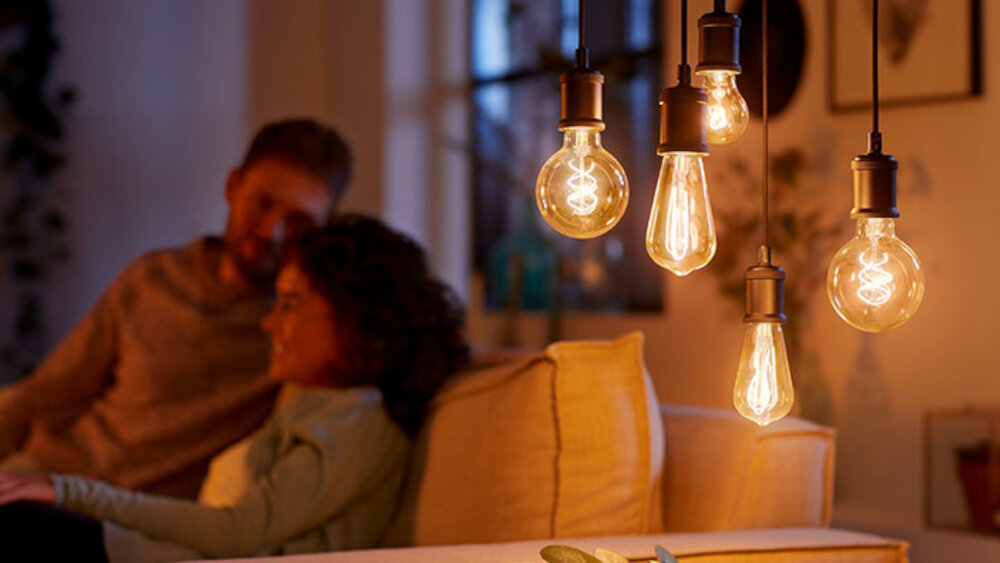
In conclusion, LED light bulbs flickering can be a frustrating and perplexing issue, but with the right knowledge and tools, it can be easily fixed. Understanding the root causes of flickering, such as incompatible dimmer switches or voltage fluctuations, is key to finding an effective solution. Whether it’s adjusting the dimmer switch, replacing the bulb, or installing a voltage stabilizer, there are a variety of methods to fix flickering LED lights. By taking the necessary steps to address this issue, you can enjoy the full benefits of LED lighting, including energy efficiency, longevity, and cost savings, without any distracting flickers.




